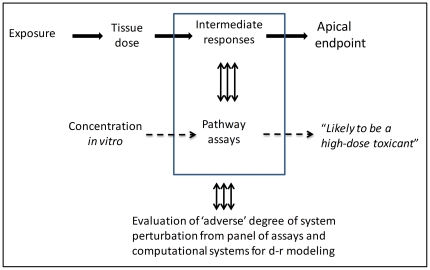Figure 6. Using prototype pathways and compounds: the fast track for implementing the 2007 NRC TT21C vision.
The next step in moving forward will be to see the entire 2007 TT21C vision placed in practice with a group of pathways and specific prototype compounds preferentially affecting the target pathways. The use of compounds with robust animal toxicity profiles will allow a mapping of in vivo responses associated with apical end points and intermediate end points against new in vitro toxicity pathway assay results. The comparison will permit a better sense of the relationship between in vitro and in vivo responses in key pathways and the relevant estimates of risk. Prototype compounds for the DNA-damage pathway could include DNA-damaging compounds – polyaromatic hydrocarbons, formaldehyde, and alkylating agents, etc. – and compounds causing DNA damage indirectly through oxidative stress pathways, such as flavonoids. The output of the two approaches in relation to risk estimates and estimates of safe region of exposure could also be compared to assess correspondence or lack of correspondence in the approaches.

